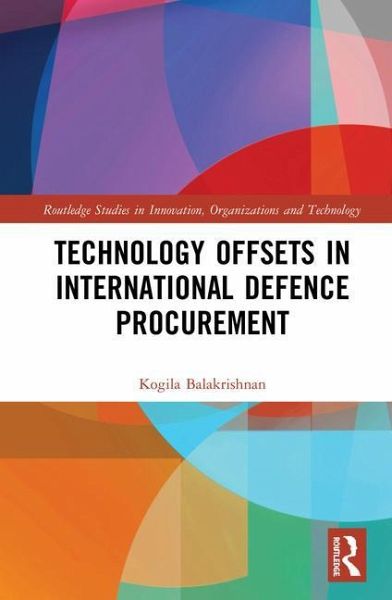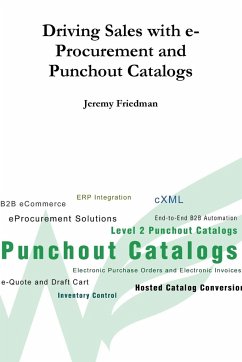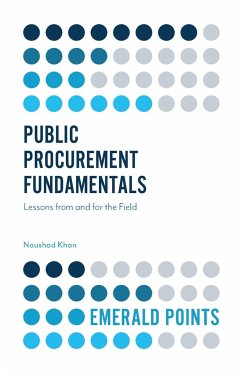
Technology Offsets in International Defence Procurement
Versandkostenfrei!
Versandfertig in 1-2 Wochen
56,99 €
inkl. MwSt.

PAYBACK Punkte
28 °P sammeln!
This book discusses the theory and practice of offsets, mainly in international defence procurement but also addresses briefly offsets in civil procurement. It focuses on the impact of offsets on industrial and technological development. The book is divided into three parts; part one discusses the theory of offsets, while part two addresses offs














